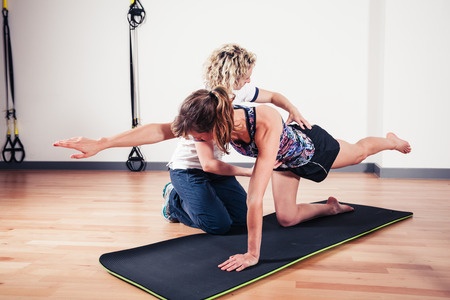Note that your final mark will not be saved in the system.
3.1.2.4 Use of guidance and feedback GapFill
You must fill all the gaps before clicking ‘Check Answers!’

There are different types of guidance a coach could give to an athlete, depending on their personal preferences and ability level. As such, there are advantages and disadvantages of each.
guidance might be perceived as a disadvantage if the coach provides excessive information which can't all be processed. Furthermore, if the information is too for the ability level of the performer, it could be confusing. On the flip side, choosing appropriate language for the level of the performer could help with attentiveness and motivation. Therefore, it can be used for both beginners and experts but must be adapted for each.
Depending on the ambition of the performer, guidance might be motivating in that they are equipped with a drive to replicate a movement, but it could be demotivating if the performer sees no way of getting their skill level to the level of the demonstration. It is an effective type of guidance in beginners as it allows the performer to create a mental picture of the skill, breaking it down into its subcomponents. However, expert performers will already be familiar with how the skill should so would benefit more from other types of guidance.
Both and guidance can build self-confidence in an individual by giving them the sense that if they are able to perform the skill with external help, they will be able to perform it independently. However, if used in excess, it could lead to an overdependence on external help with skills. For example, it is often essential for a novice swimmer to use a float to prevent them from drowning. However, it is still important to advance the skill as quickly and as safely as possible once technique is developed, as a float can disrupt the learning of the individual as the feel of a float is not natural.